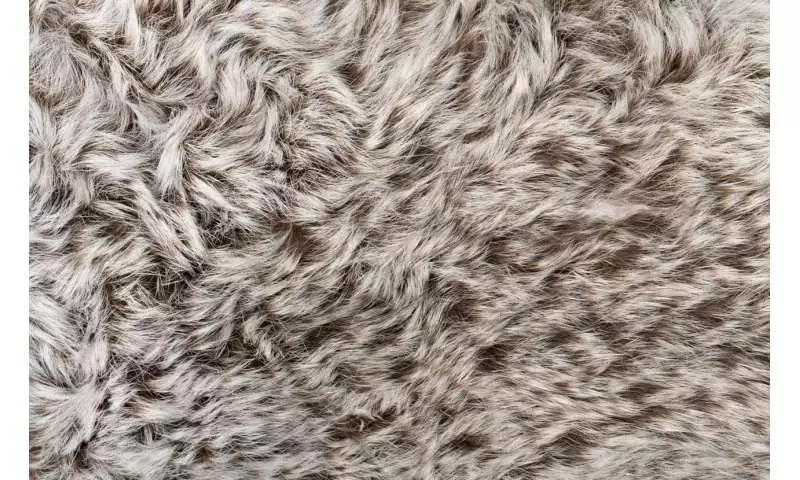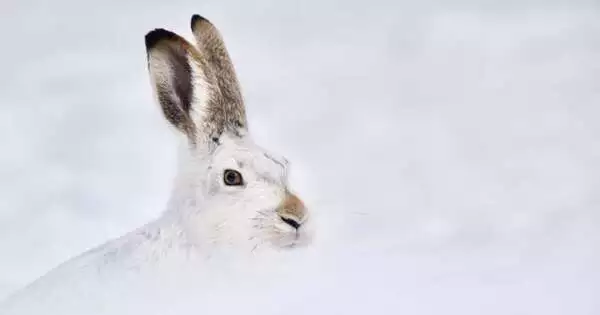Working with colleagues from the University of Montana and the Denver Museum of Nature & Science in the United States, a group of climate scientists and biologists from Universidade do Porto in Portugal has discovered that jackrabbits that live in mountainous areas like the Rockies and have higher variability in color genes may be better prepared for snow loss as a result of climate change. The group compared coat color variation and genetic predisposition in white-tailed jackrabbits living at various elevations in their study, which was published in the journal Science.
Like many other animal species, white tailed jackrabbits’ coats change color as the seasons change. During the winter, they are mostly white to blend in with the surrounding snow. In order to blend in with the mountainous environment, they replace their white coat with one that is a mix of brown, red, yellow, and black come spring. In the fall, the opposite takes place.
The team of researchers wanted to know how jackrabbits would fare in the coming years as a result of climate change because snowfall in the mountains is expected to begin later and end sooner. The researchers point out that this could leave white-tailed jackrabbits out of sync with their surroundings and more vulnerable to predators.

The group started by looking at museum specimens from many years ago to find out. Because of this, they were able to observe how quickly the jackrabbits were able to adjust to the shorter snow season. The species’ DNA was then analyzed, and the three genes that control color in coats were discovered.
Additionally, they discovered that the genetic makeup of the jackrabbits and the proportion of pigments in their skin affect coat color. For instance, rabbits that inhabit lower elevations, which have more limited snow seasons, have unexpected proportions in comparison to hares that live higher up where the snow stays on the ground significantly longer.

According to the findings, the subspecies of jackrabbits that are most likely to be able to adapt and survive as the planet warms are those with the most variation in their color genes.
More information: Mafalda S. Ferreira et al, The evolution of white-tailed jackrabbit camouflage in response to past and future seasonal climates, Science (2023). DOI: 10.1126/science.ade3984





